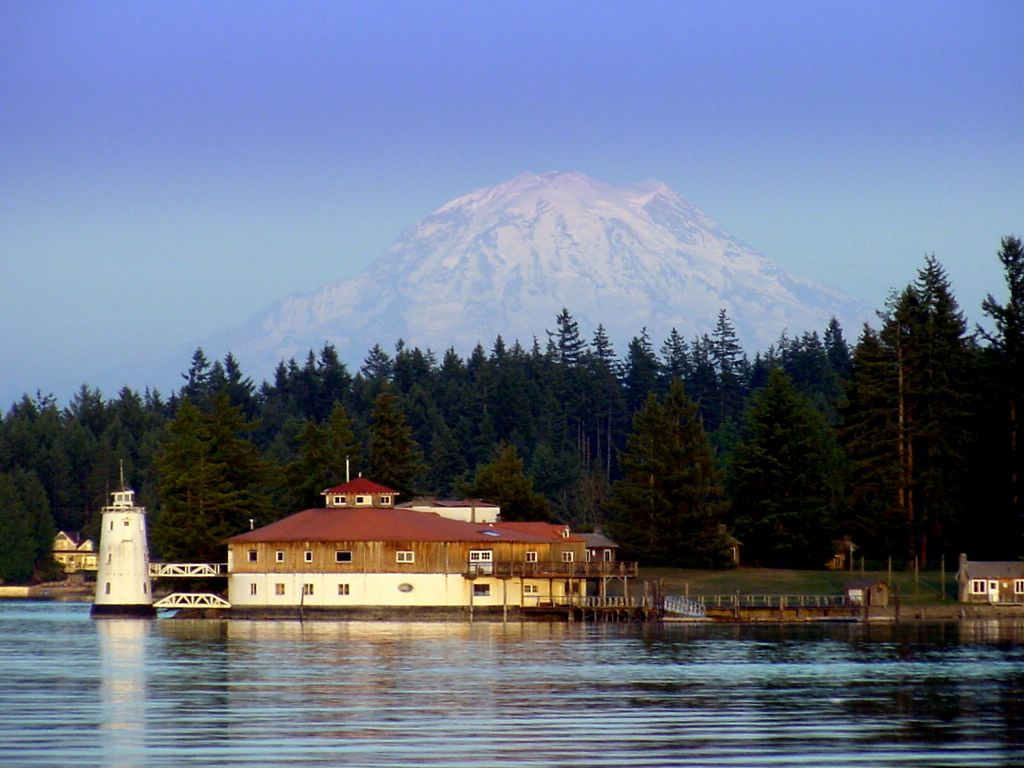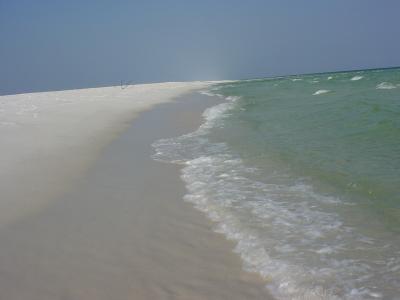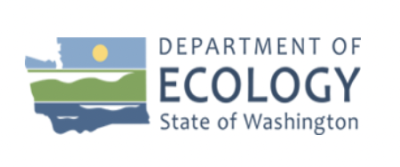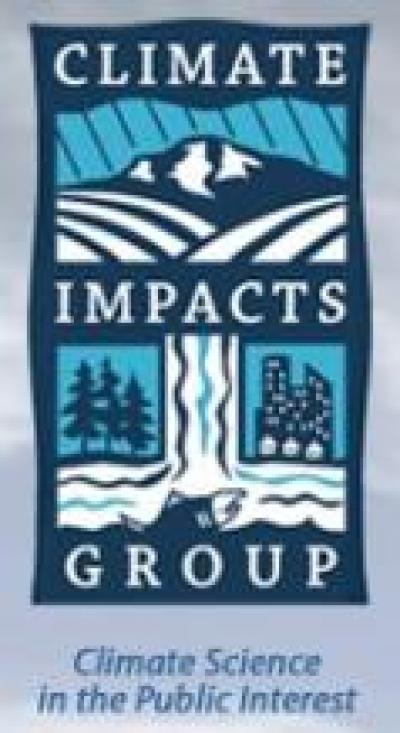Developing a Washington State Climate Change Impacts Response Strategy

Photo attributed to Kris. Incorporated here under the Creative Commons Attribution 2.0 Generic license. No endorsement by licensor implied.
Posted by
Rachel GreggProject Summary
Climate change is expected to have many social, economic, and ecological repercussions for Washington State. Through an executive order, six state agencies formed a working group to develop an adaptation strategy. In addition to creating an adaptation plan, this effort coordinated the management activities of major state agencies in addressing climate change.
Background
Washington State has an extensive diversity of ecosystems within its borders: marine waters, beaches, estuaries, rainforests, coniferous forests, subalpine meadows, grasslands, riparian areas (freshwater and marine), dunes, and freshwater wetlands, among others. The Washington Climate Change Impacts Assessment outlines impacts of concern to the state, including sea level rise, flooding, changes in water and air temperatures, and shoreline erosion, among others. The February 2007 Executive Order No. 07-02 (the Washington Climate Change Challenge) established goals for reducing climate pollution, increasing job opportunities, and reducing spending on foreign/imported oil. Preparation and Adaptation Working Groups (PAWGs) were formed to develop recommendations on climate change in the following sectors: Forestry, Agriculture, Human Health, Coastal/Infrastructure, Water Resources and Quality. Based on recommendations from these groups, Governor Chris Gregoire signed a piece of legislation (E2SSB 5560), which included a directive to create a climate change response strategy to help stakeholders prepare for and adapt to climate change. The 5560 Interagency Working Group, comprised of six state agencies (Ecology, Agriculture, Commerce, Fish and Wildlife, Natural Resources, and Transportation), was tasked to develop an initial strategy by December 2011.
One of the first steps taken in this process was hosting two public meetings in November and December 2009. These meetings presented a background on projected climate impacts and an overview of the process, and solicited public input. The 5560 Interagency Working Group also created four Topic Advisory Groups (TAGs) to identify adaptation strategies and additional research needs. The groups included:
- Built Environment, Infrastructure, and Communities – to focus on strategies relevant to transportation, energy, water, waste, and information infrastructure.
- Human Health and Security – to focus on strategies to address air quality, extreme weather events, public health, and emergency services and planning.
- Ecosystems, Species, and Habitats – to focus on individual species and habitats, and whole ecosystems/ecological systems across the state.
- Natural Resources – to address impacts related to the state’s working lands and waters (e.g., forestry, agriculture, water quality, water resources).
These groups consisted of representatives from federal, state, local, and tribal governments, NGOs, and the private sector. TAG representatives met regularly from early 2010 through January 2011, including three large, comprehensive TAG group meetings. The public was also invited to participate in advisory group meetings.
Implementation
The final adaptation strategy and plan, Preparing for a Changing Climate: Washington State’s Integrated Climate Response Strategy, was released in April 2012. The strategy contains over 200 adaptation actions to be taken by Washington’s state agencies. The strategy identified seven high-priority areas for the state: (1) protect people and communities; (2) reduce risk of damage to buildings, transportation systems, and other infrastructure; (3) reduce risks to ocean and coastlines; (4) improve water management; (5) reduce forest and agriculture vulnerability; (6) safeguard fish, wildlife habitat, and ecosystems; and (7) support the efforts of local communities and strengthen capacity to respond and engage the public. Additionally, the plan includes existing programs and tools, new programs or policies needed, and institutional barriers or information gaps to compliment recommended strategies.
To develop priority strategies and recommendations, TAG members reviewed climate change risks and evaluated potential actions for four ecological systems: coastal and marine, freshwater, forests and prairies, and aridlands. The strategies were divided into two sections (facilitate resistance, resilience and response of natural systems; build scientific and institutional readiness to support effective adaptation) and included a series of goals and near-term (1-5 years) actions.
Outcomes and Conclusions
The 5560 Interagency Working Group pooled its resources and expertise to create a climate change impacts response strategy for Washington State. According to research completed in 2018 by the University of Washington Climate Impacts Group, about 65% of the outlined adaptation actions included in the strategy have been implemented or are in progress.
Since 2012, multiple climate-related planning documents have been released by (or for) Washington state agencies, including:
- Washington State Department of Transportation: Guidance for NEPA and SEPA Project-Level Climate Change Evaluations (2017)
- Washington State Department of Fish and Wildlife Policy 5408: Addressing the Risks of Climate Change (2017)
- Washington State Parks and Recreation Commission: Washington State Parks Adaptation Plan (2019)
- Washington Department of Natural Resources: Climate Resilience Plan (2020)
Citation
Gregg, R. M. (2021). Developing a Washington State Climate Change Impacts Response Strategy [Case study on a project of the State of Washington]. Version 2.0. Product of EcoAdapt's State of Adaptation Program. (Last updated May 2021)








